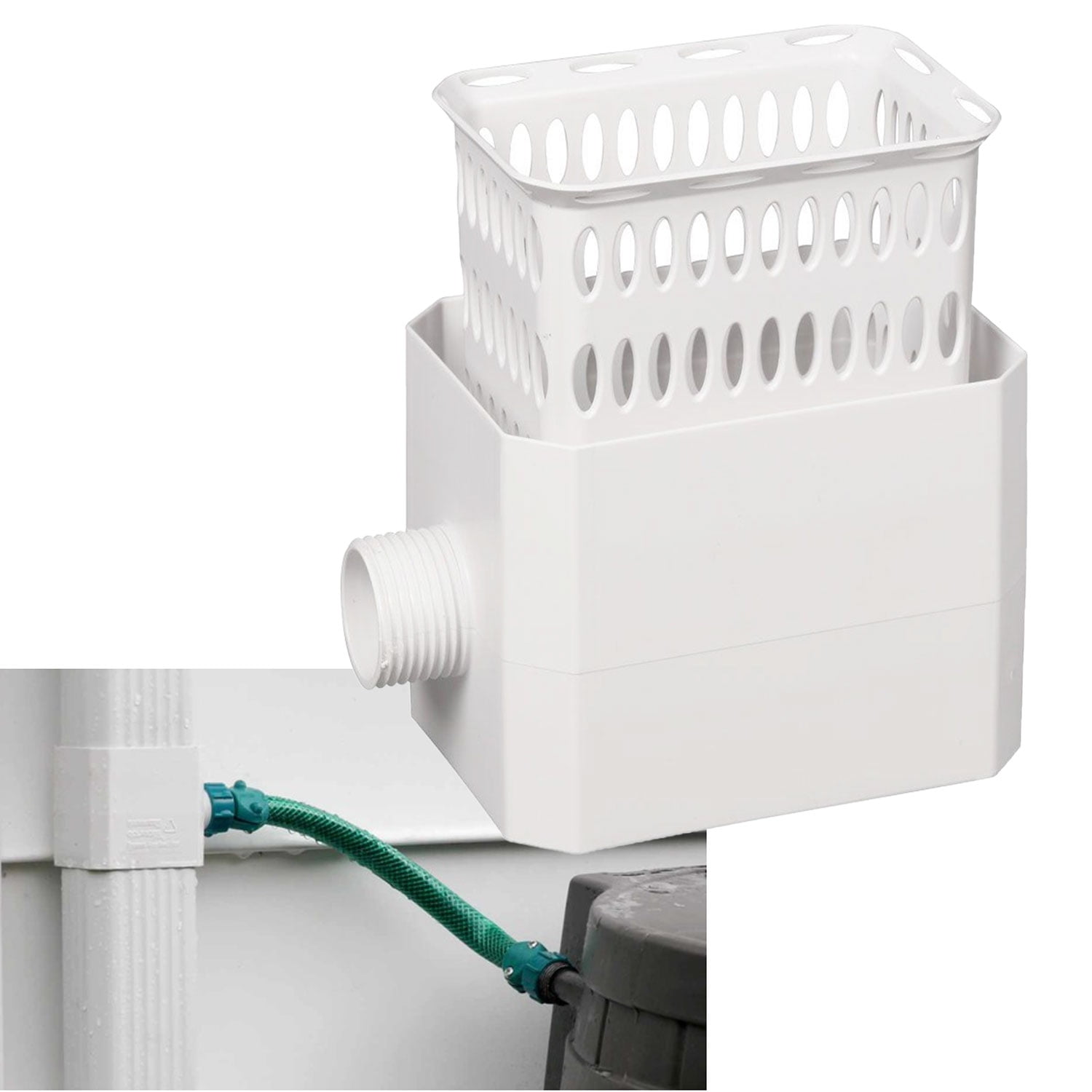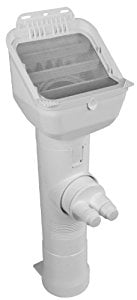

Most spigots are positioned toward the bottom of the rain barrel, which can be very inconvenient.

Before prepping your platform, place your drum near the downspout and figure out a nice place for it that meets those dimensions. This is the minimum and maximum distance the fill hose connecting the barrel to the downspout will shrink and expand. The inside edge of your rain barrel must be within 6–28 inches from the outside edge of the downspout. The instructions included with the kit are very thorough, but here are the basic steps for setting up your own 55-gallon drum rain barrel at home. (Or you can just move to a place with fewer restrictions on your personal freedoms.)ĮarthMinded DIY Rain Barrel Diverter and Parts Kit Installing a Drum Rain Barrel and Gutter Diverter Kit Otherwise, a citation of some kind might make its way into your mailbox.
#Rain spout diverter install
You will want to check to make sure before you install a rain barrel. Some homeowners’ associations may also have rules in place that prohibit rain barrels. Believe it or not, there are laws in some states that prohibit or restrict homeowners from harvesting rainwater from their own roofs.Every home should have a water filter to handle this. Because of this, rain barrel water should be considered wild water that needs to be properly filtered or purified to make it safe to drink. However, as it falls on your roof and makes its way into the rain barrel, it picks up debris. Rainwater is safe to drink without filtering or purification.This water can also be used for pets, gardening, washing, or bathing. For the small amount of time and money you will spend getting one installed, the reward is an almost effortless renewable source of emergency drinking water. Unless you live in an extremely arid climate that receives almost zero rainfall, installing a rain barrel is worth doing.

#Rain spout diverter how to
If you have a roof of any kind with a gutter, I will teach you how to install an unobtrusive 55-gallon rain barrel in under an hour, and for less than $200 total. This could not be further from the truth. When most people think about rain harvesting, they think of expensive, hard-to-install, and unsightly pipes and tanks. In the water category, every home needs a renewable source of this resource, and I would recommend this source come via rain harvesting. Having a buffer and plan for both, just in case, is a very smart idea.

There are countless disasters, both natural and man-made, that can interrupt your food and water supply, at least for a short period of time. If you’re not actively thinking about (and working toward) long-term food and water preparedness, you should be.
#Rain spout diverter manual
The following is an adapted excerpt from The Disaster-Ready Home: A Step-by-Step Emergency Preparedness Manual for Sheltering in Place by Creek Stewart.


 0 kommentar(er)
0 kommentar(er)
